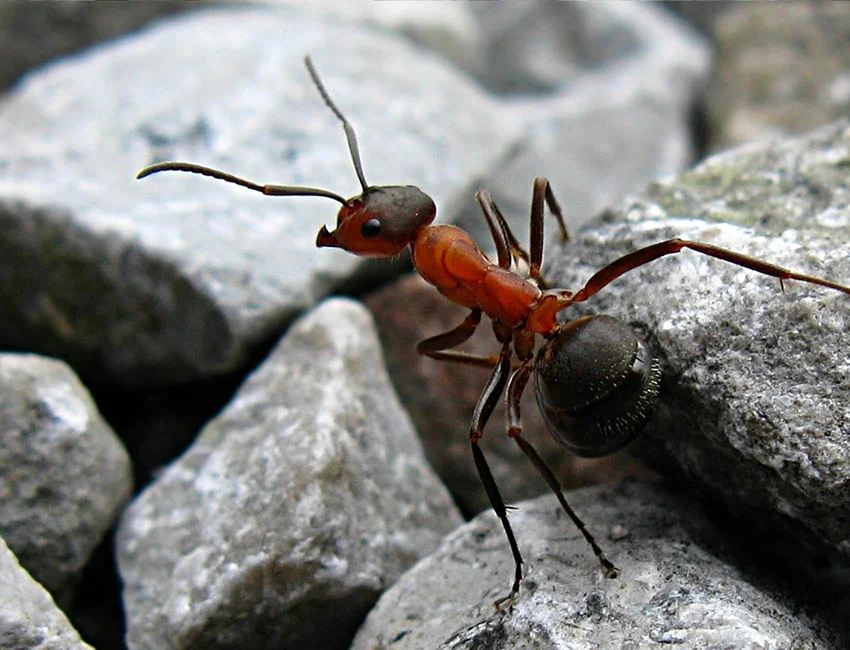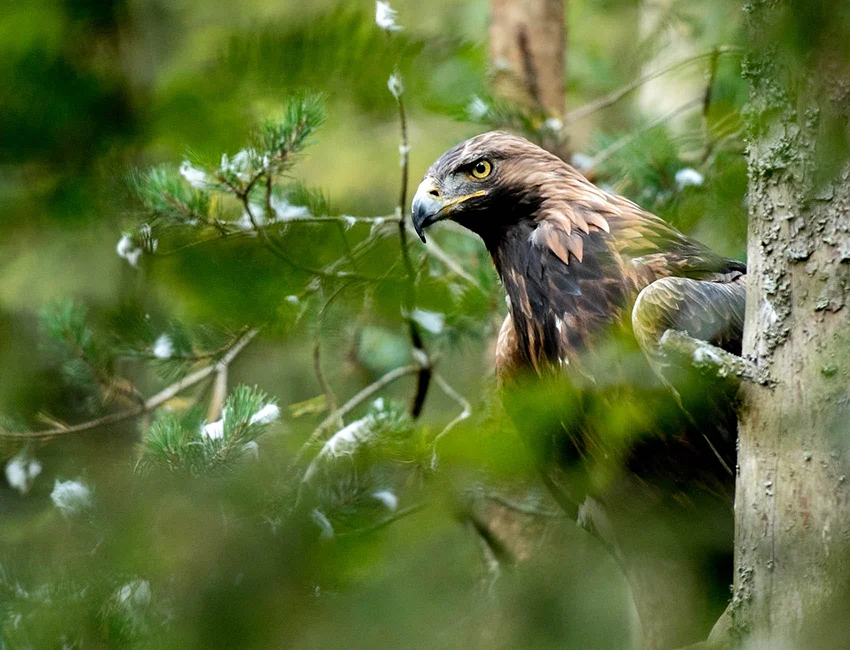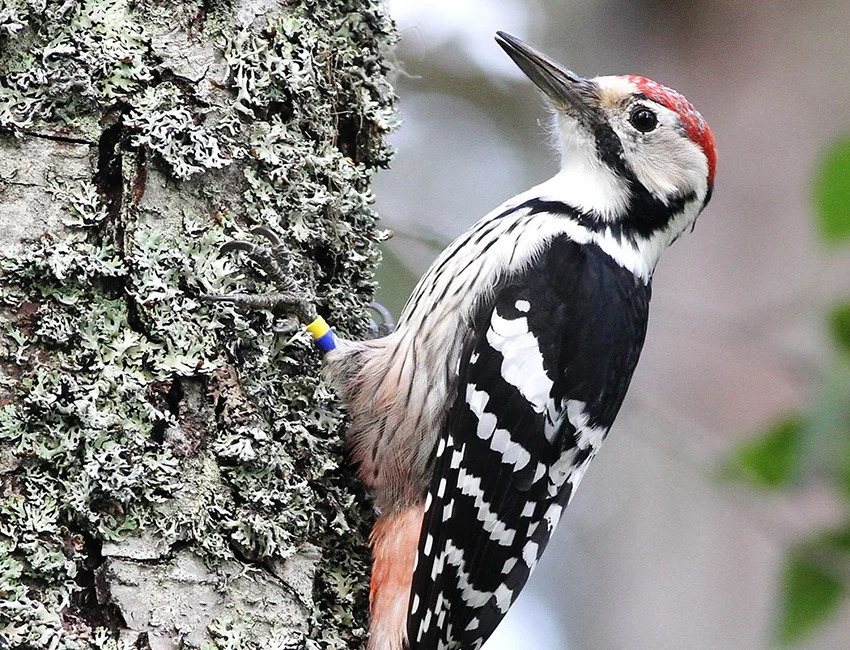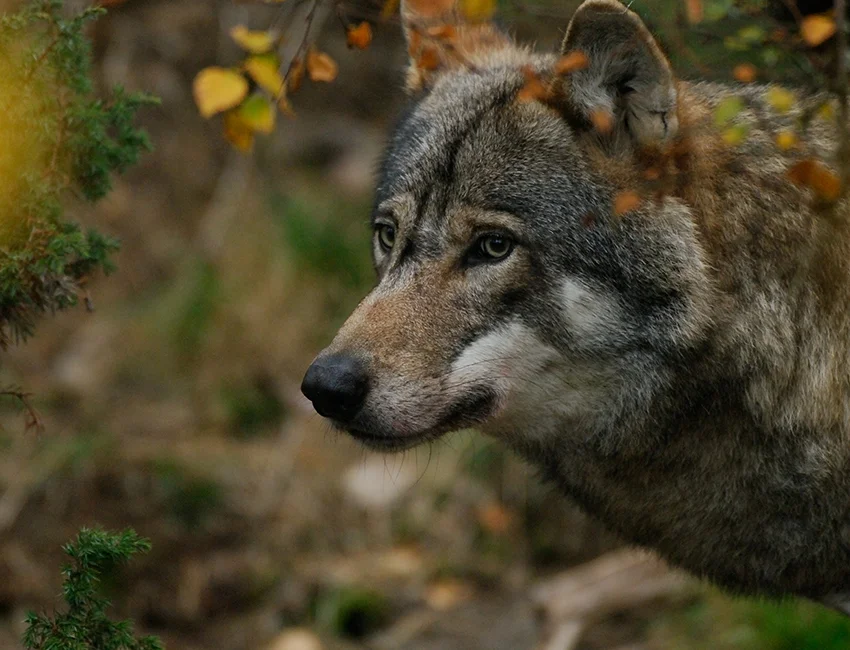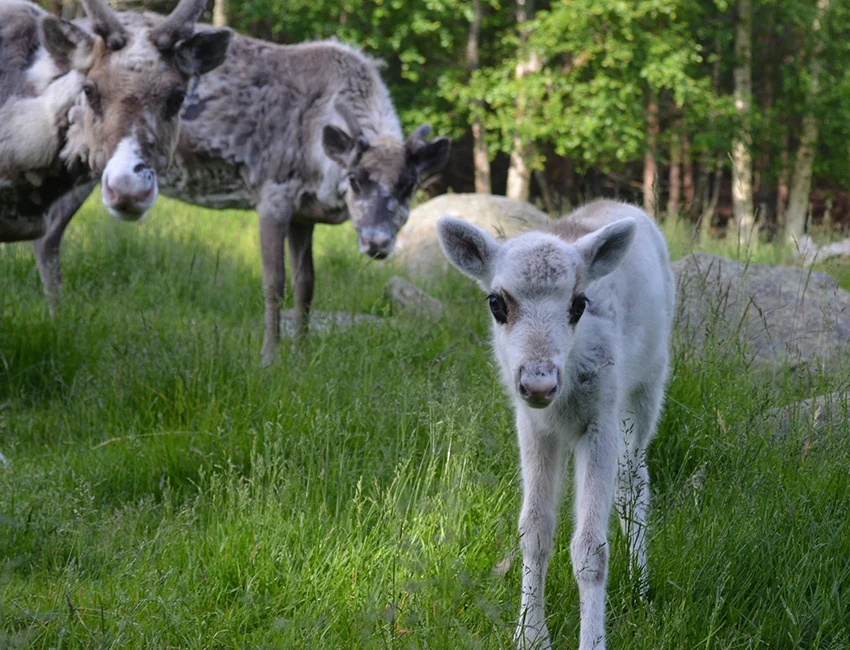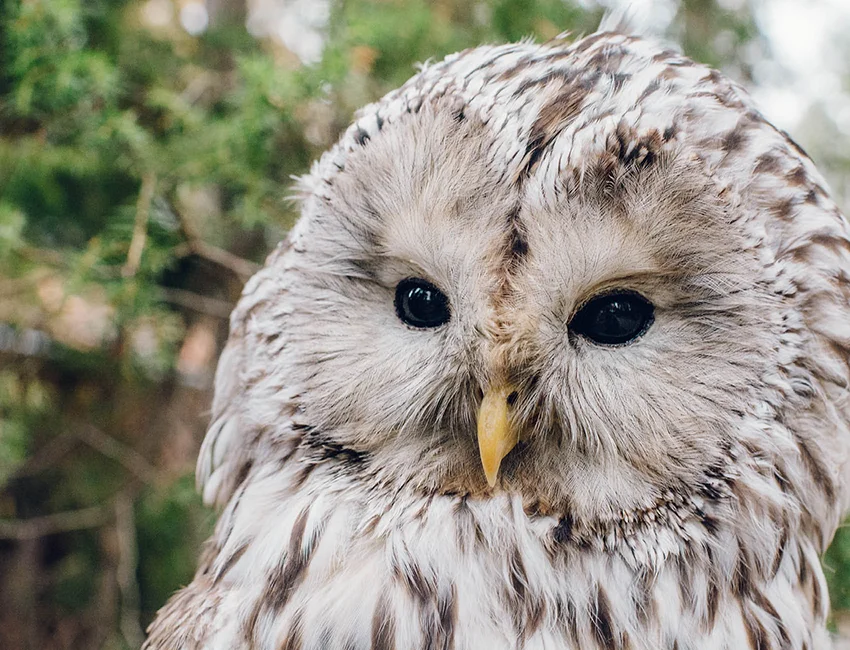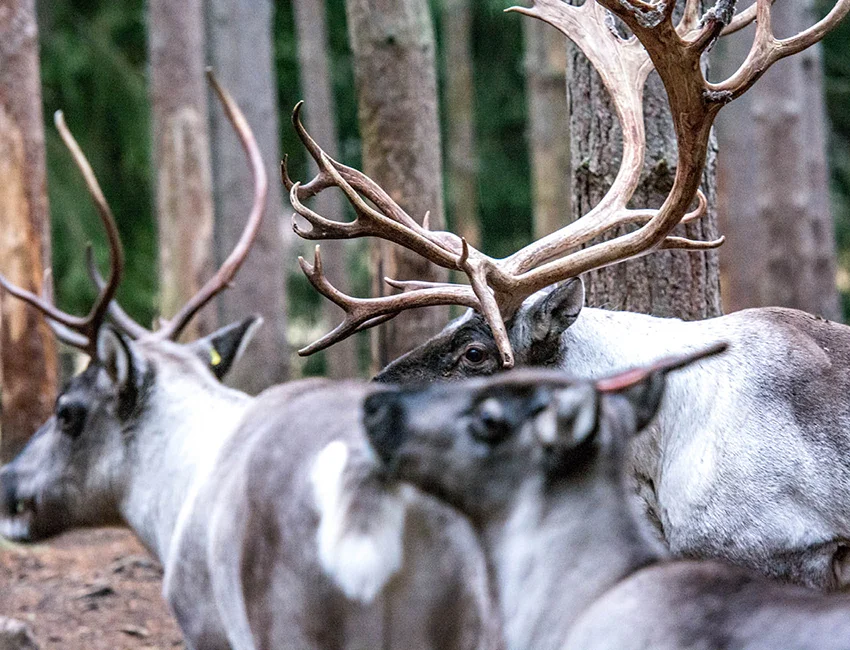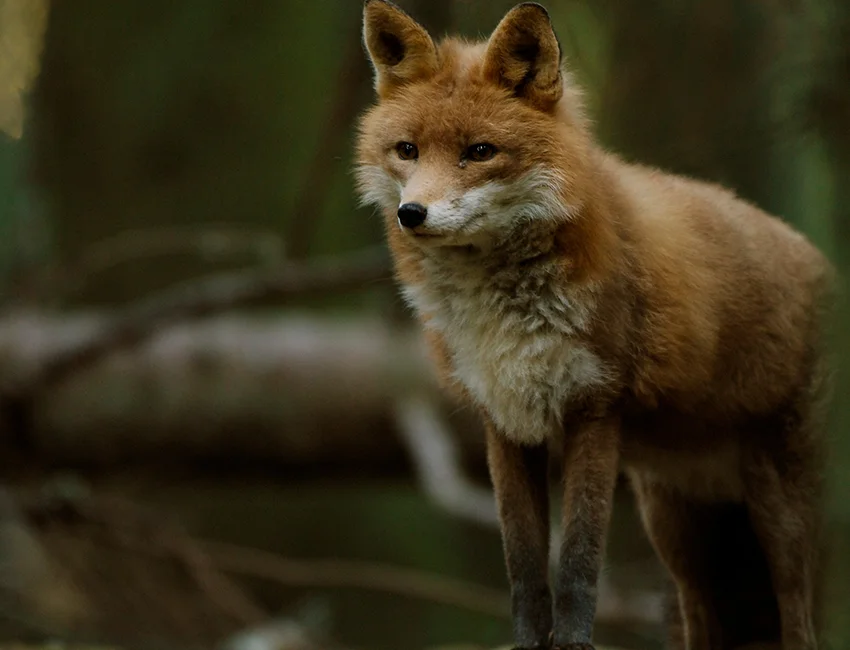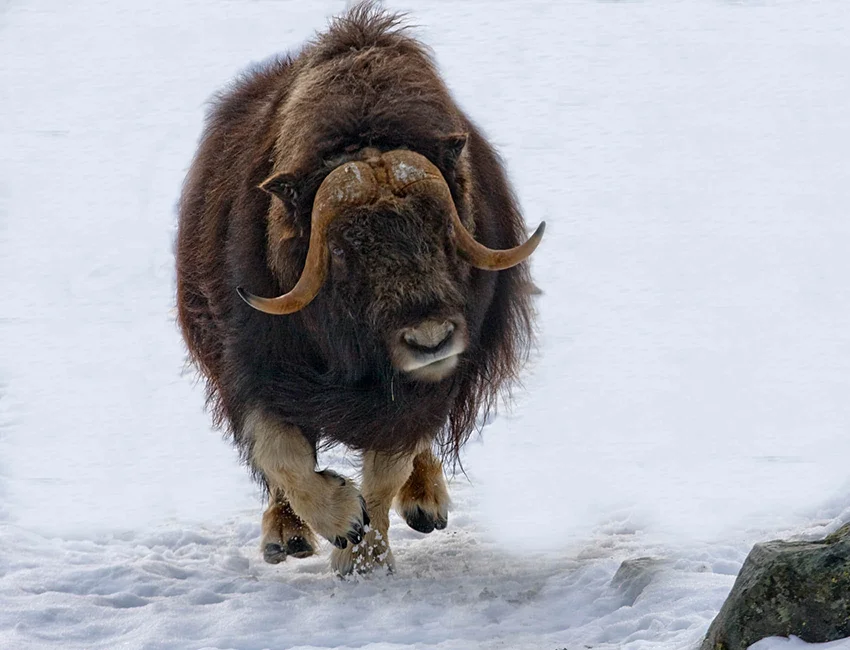The white backed woodpecker
Dendrocopos leucotos
The white-backed woodpecker’s favorite food is insects that live in dead trees. Nowadays, fields with such trees are very unusual and the number of white-backed woodpeckers has declined sharply. From having been scattered throughout almost the whole country, there are now only a few left.
About
The white-backed woodpeckers are the largest of the spotted, black-and-white woodpeckers.
It is reliant on deciduous woodland with lots of old, decaying trees that are home to plenty of insects. White-backed woodpeckers havea very particular diet: the larvae of wooddwelling
insects. Each year they hack out a new nesting hole, often high in a rotting aspen,
alder or birch.
The white-backed woodpecker marks its territory by drumming, for example
on dead branches. Different species of woodpecker have different signals, and they
can be heard over a long distance. In recent years there have been at most a few breeding pairs in the country.
Fact
Class: Bird
Scientific name: Dendrocopos leucotos
Conservations status: CE
Size: 28 cm. The wingspan is about 40 cm.
Weight: 90-110 gram.
Number of eggs: 3-5
Did you know that:
Areas where more than 25% of the tree volume is spruce are not used as nesting areas by the white-backed woodpecker.
The most effective method of obtaining good foraging areas for woodpeckers in a short period of time is probably by burning woodland where lots of standing trees (preferably all) are left behind.
According to ArtDatabanken (which is responsible for classifying the threat status of species), the dense moose and deer tribes in parts of central Sweden need to be reduced quickly in order for more leafy trees to grow, which then favors the white-backed woodpecker.
Conservation status







